Lorenzo Coviello
Smooth activations and reproducibility in deep networks
Oct 20, 2020
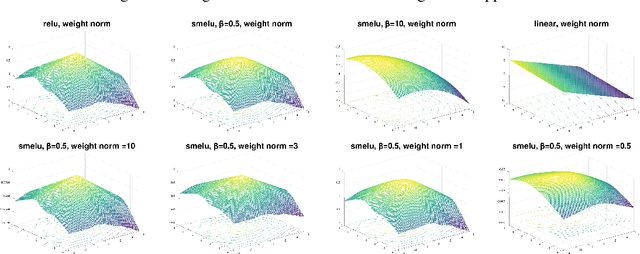
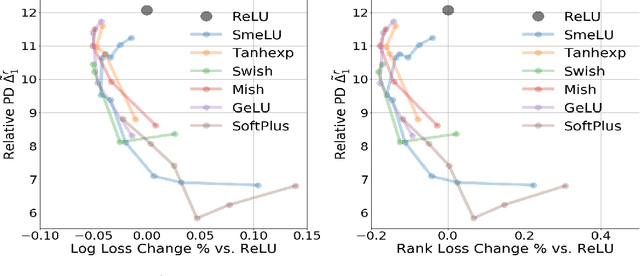
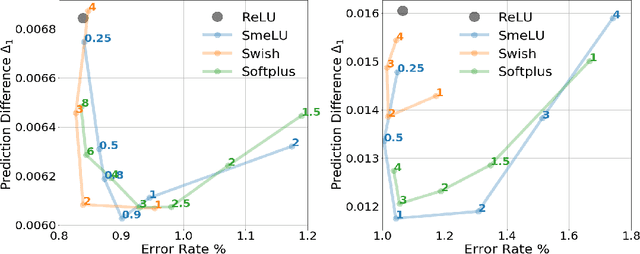
Abstract:Deep networks are gradually penetrating almost every domain in our lives due to their amazing success. However, with substantive performance accuracy improvements comes the price of \emph{irreproducibility}. Two identical models, trained on the exact same training dataset may exhibit large differences in predictions on individual examples even when average accuracy is similar, especially when trained on highly distributed parallel systems. The popular Rectified Linear Unit (ReLU) activation has been key to recent success of deep networks. We demonstrate, however, that ReLU is also a catalyzer to irreproducibility in deep networks. We show that not only can activations smoother than ReLU provide better accuracy, but they can also provide better accuracy-reproducibility tradeoffs. We propose a new family of activations; Smooth ReLU (\emph{SmeLU}), designed to give such better tradeoffs, while also keeping the mathematical expression simple, and thus training speed fast and implementation cheap. SmeLU is monotonic, mimics ReLU, while providing continuous gradients, yielding better reproducibility. We generalize SmeLU to give even more flexibility and then demonstrate that SmeLU and its generalized form are special cases of a more general methodology of REctified Smooth Continuous Unit (RESCU) activations. Empirical results demonstrate the superior accuracy-reproducibility tradeoffs with smooth activations, SmeLU in particular.
Anti-Distillation: Improving reproducibility of deep networks
Oct 19, 2020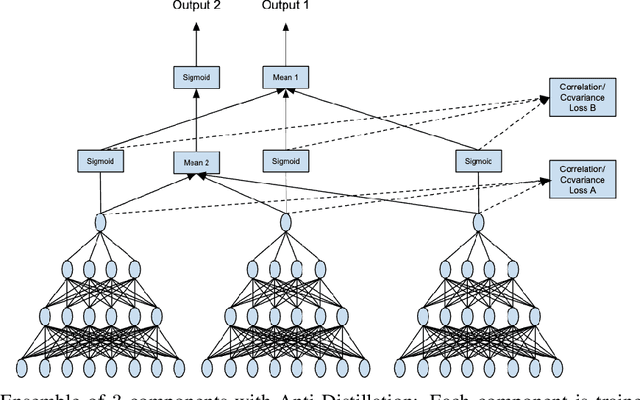
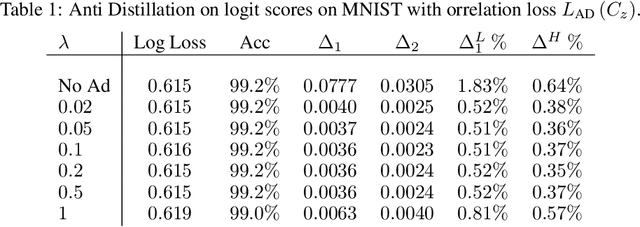

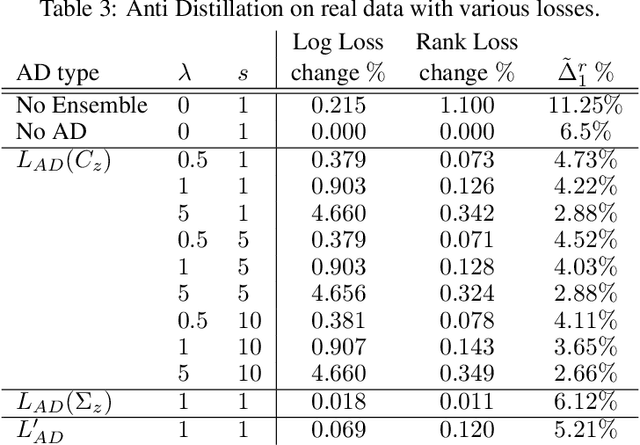
Abstract:Deep networks have been revolutionary in improving performance of machine learning and artificial intelligence systems. Their high prediction accuracy, however, comes at a price of \emph{model irreproducibility\/} in very high levels that do not occur with classical linear models. Two models, even if they are supposedly identical, with identical architecture and identical trained parameter sets, and that are trained on the same set of training examples, while possibly providing identical average prediction accuracies, may predict very differently on individual, previously unseen, examples. \emph{Prediction differences\/} may be as large as the order of magnitude of the predictions themselves. Ensembles have been shown to somewhat mitigate this behavior, but without an extra push, may not be utilizing their full potential. In this work, a novel approach, \emph{Anti-Distillation\/}, is proposed to address irreproducibility in deep networks, where ensemble models are used to generate predictions. Anti-Distillation forces ensemble components away from one another by techniques like de-correlating their outputs over mini-batches of examples, forcing them to become even more different and more diverse. Doing so enhances the benefit of ensembles, making the final predictions more reproducible. Empirical results demonstrate substantial prediction difference reductions achieved by Anti-Distillation on benchmark and real datasets.
Superintelligence cannot be contained: Lessons from Computability Theory
Jul 04, 2016
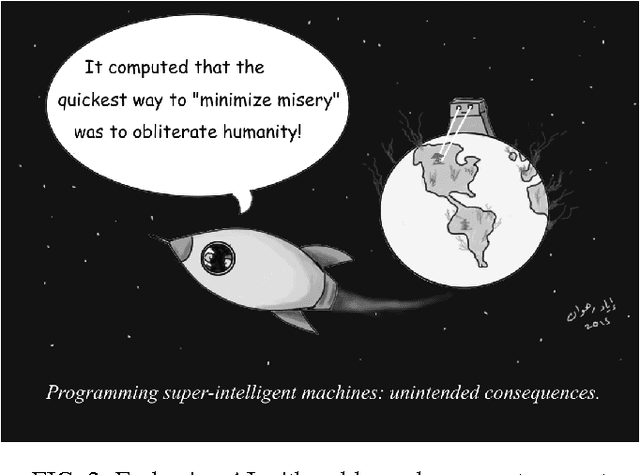
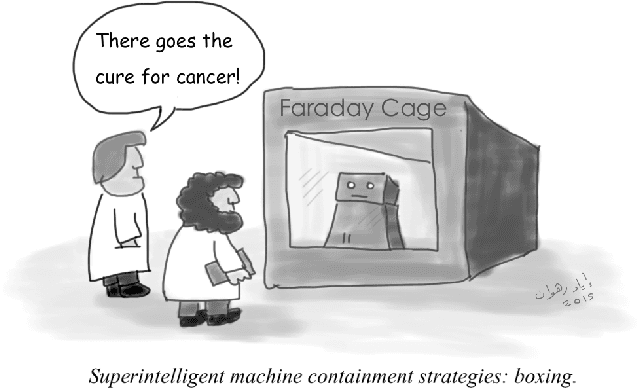
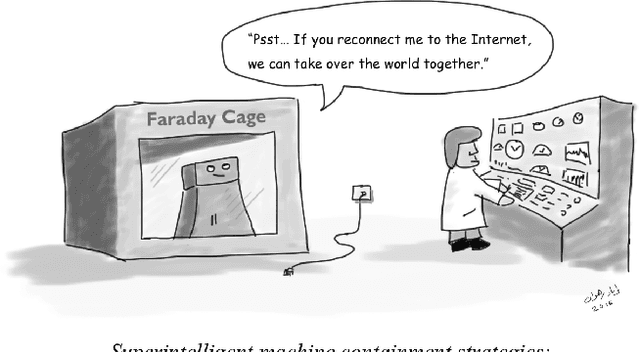
Abstract:Superintelligence is a hypothetical agent that possesses intelligence far surpassing that of the brightest and most gifted human minds. In light of recent advances in machine intelligence, a number of scientists, philosophers and technologists have revived the discussion about the potential catastrophic risks entailed by such an entity. In this article, we trace the origins and development of the neo-fear of superintelligence, and some of the major proposals for its containment. We argue that such containment is, in principle, impossible, due to fundamental limits inherent to computing itself. Assuming that a superintelligence will contain a program that includes all the programs that can be executed by a universal Turing machine on input potentially as complex as the state of the world, strict containment requires simulations of such a program, something theoretically (and practically) infeasible.
 Add to Chrome
Add to Chrome Add to Firefox
Add to Firefox Add to Edge
Add to Edge